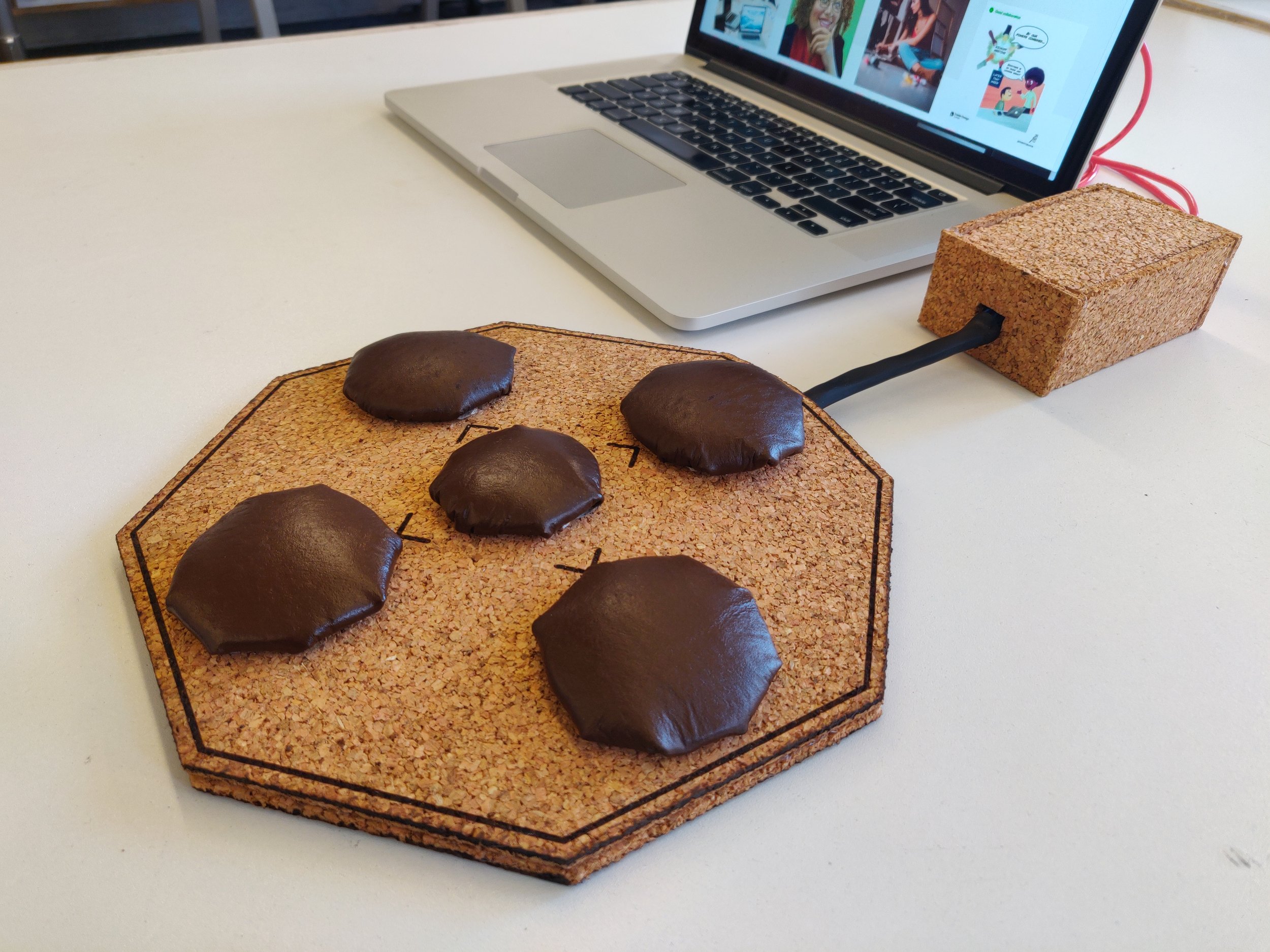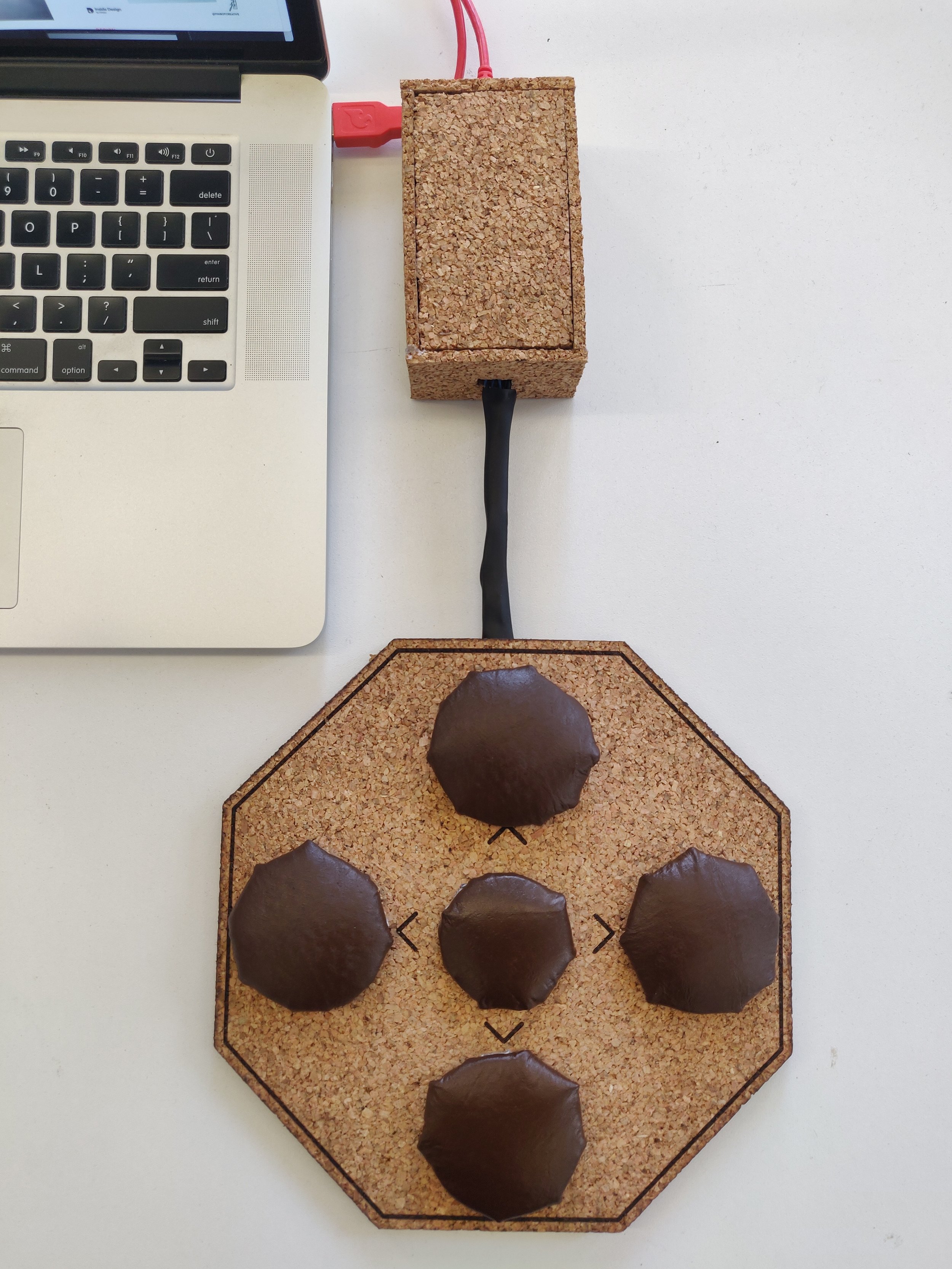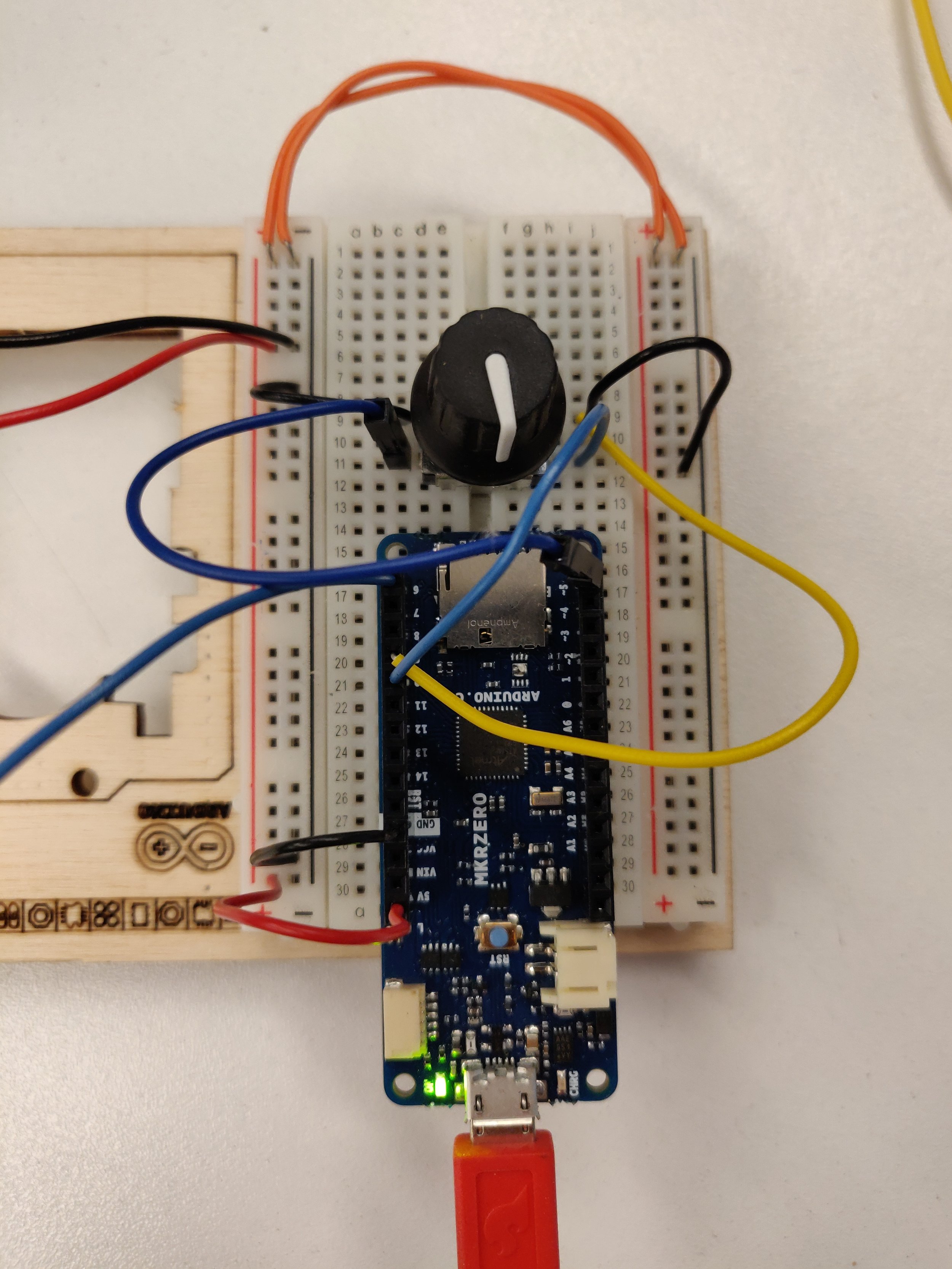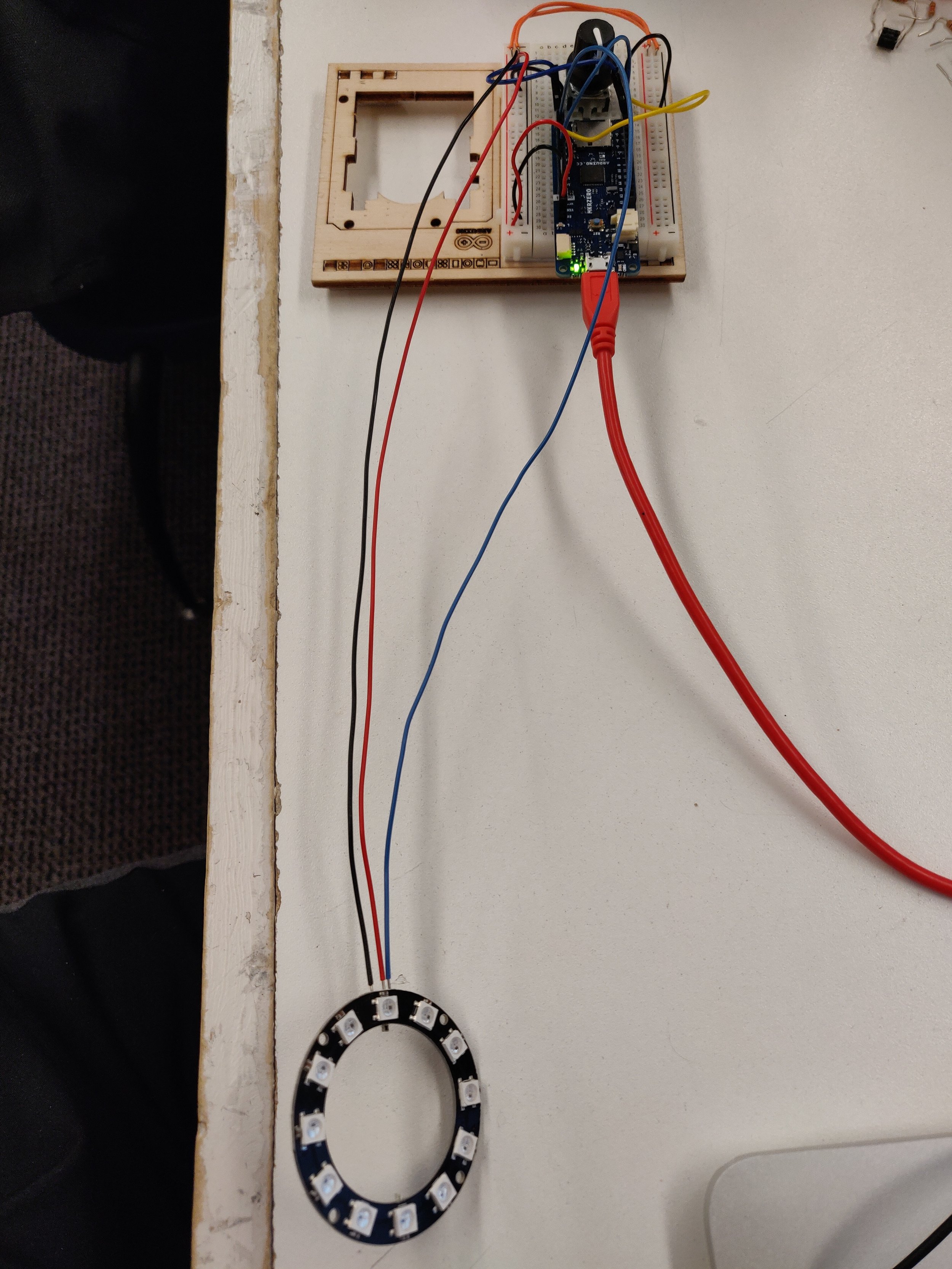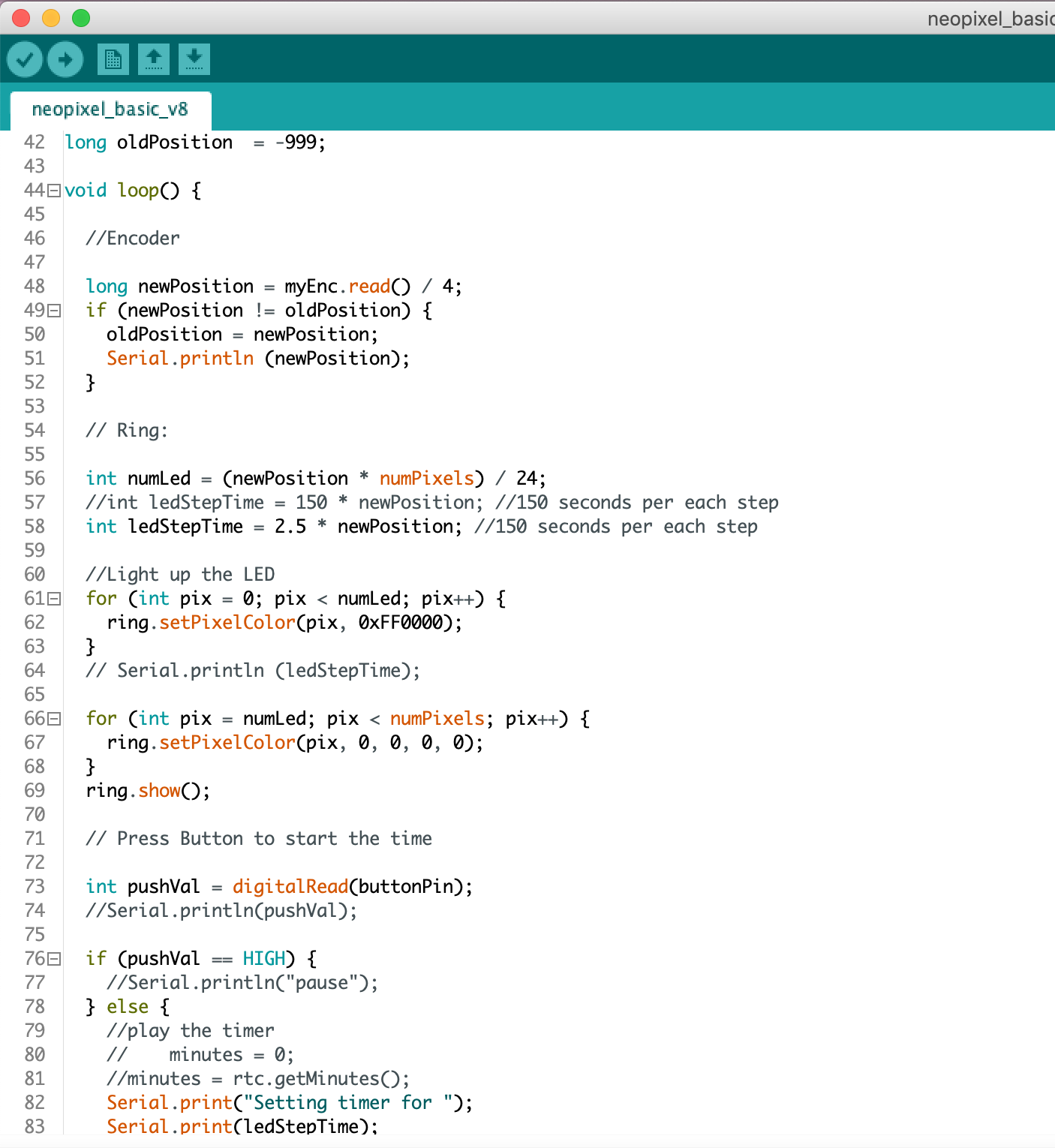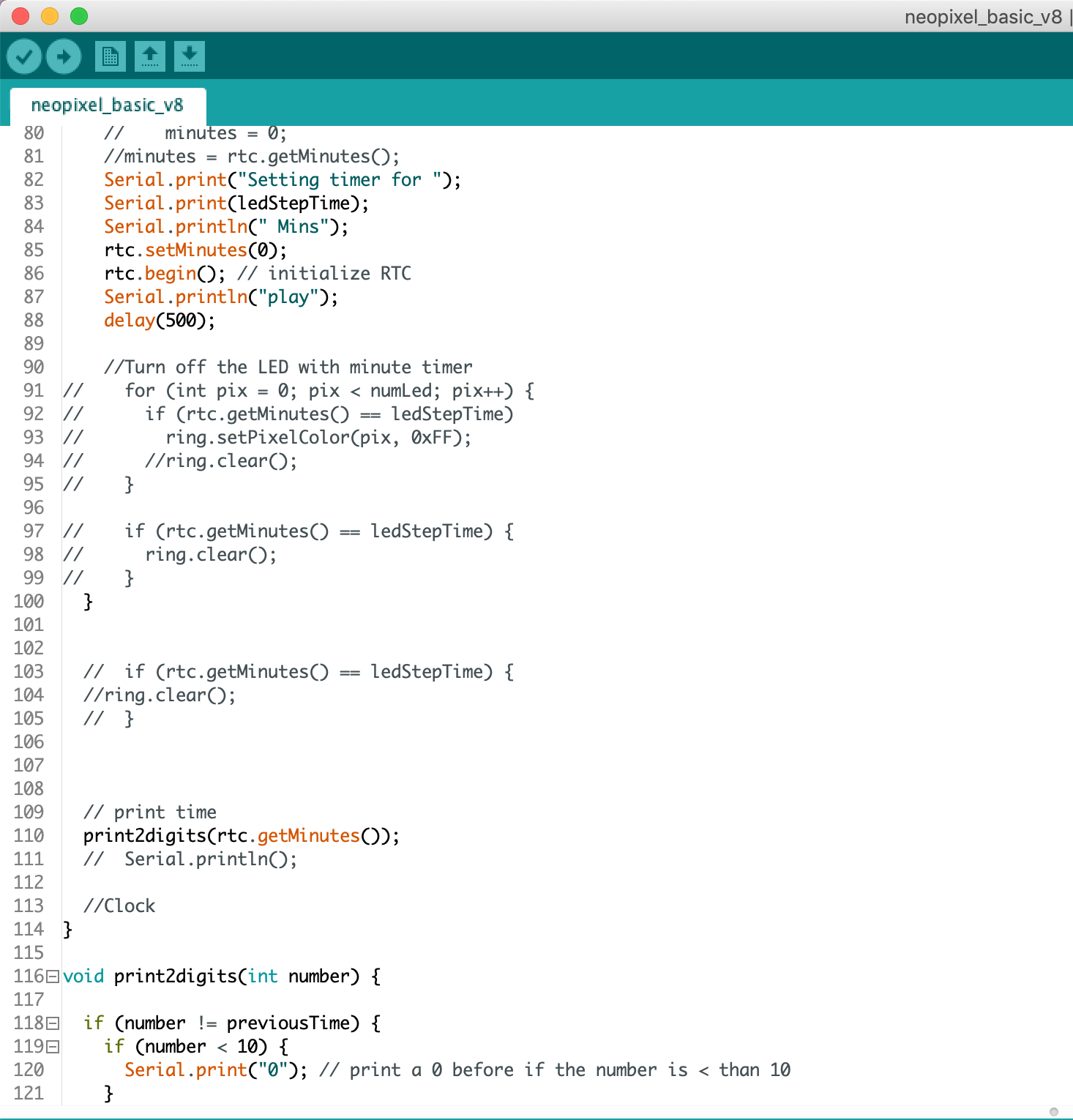For the final project of Tangible Interaction Workshop I was assigned to develop a Human Interface Device (HID) using the mouse or keyboard libraries from Arduino. My interest since I started ITP have been to work on projects that will have a positive impact in people’s lives, therefore I immediately knew that I wanted to work on helping people with some kind of disability to improve the use conditions of the computer.
In my undergraduate program I took a class of “Ergonomics” as part of my Industrial Design Engineering carrier in which I developed a glass for people who suffer from Parkinson’s disease and/or hand tremors. The project was very interesting, I had access to users and I was able to test 3d printed prototypes in order to gather feedback, at the moment the project was completely independent from circuits or electronic components therefore my focus was the ergonomics and design of the glass and how to make sure that the proposal was going to meet the user needs. As I already had some knowledge of the disease and the hand movements and limitations I decided to focus my HID in this specific condition.
I started the research process by reading papers and articles on how to improve the use of a computer by implementing the system preferences for accessibility, which lead me then to do benchmark on physical products that had already been developed with Parkinson’s disease in mind. It was actually very interesting to see the lack of product design targeted for specific health conditions, I wonder if this could be accredited to the fact that the market is not big enough therefore big tech companies don’t focus their efforts on those illnesses because they are not as profitable as mass consumption artifacts. I believe that it is our responsibility as designers to not only design for the 80% of the population and instead make a conscious effort to push companies and our own design process to be more focussed on the other 20% of the population.
This is a collection of existing mouse devices focussed (or at least advertised) for users with Parkinson’s disease:
By doing a visual and aesthetic analysis with the previously designed mouse for the selected condition, it is easy to determine that most of them don’t take into consideration the look and feel and the end user’s needs. For example, taking into consideration that the average age at onset for Parkinson’s disease is 60 years old i decided to search for materials, textures and shapes that does not imitate toys or playful experiences, and instead focus on blending into the patients lives in a better and more organic way.
The ergonomic and functional components were very important in my research to determine how to propose a mouse that would be more appropriate for users with Tremors, by accepting the movement of the hand instead of trying to mitigate it. I believe that the biggest mistake from the mouses that I found as “accessible” or adapted for these conditions is that they try to avoid the tremor instead of accepting them as a fact and providing the users with the possibility to interact with the mouse no matter what their hand movement is.
As part of my design process I create some sketches that helped me define the way that users interact with the mouse and how the spacial distribution of the elements would provide a better user experience.
After I decided the form factor and the way that the components were going to be laid out I started the research process for materials and aesthetics, I knew that I wanted to pursue a more sophisticated look and feel specially because of the target audience. I also focus my research on soft materials, taking into consideration that the tremors cause the hand to move with variable intensity. therefore I need to make sure that I am not going to harm the users due to my material selection.
By searching online I became very interested in the compilation of the mouse pad and the mouse in one unified entity. The computer users are already used to use a pad and a mouse together, therefore, even though I will definitely break the mental model of a mouse, I will still use some existing models in order to create an experience that is not that disruptive and the user can feel more comfortable.
One of my main design goals was to create an external aid that wouldn’t look too weird or visually overwhelming for the users and instead create a product that could blend in the regular workplace, or the space where the users interact with the computer at home.
The fabrication process started by testing the buttons, I decided to create my owns since I didn’t want to use regular arcade buttons that wouldn’t fit with the visual design that I wanted to achieve. I worked with pushbuttons inserted in laser cut pieces of compressed cardboard. I later covered all the circles with
pillow stuffing and leather.
The next step was to test in cardboard the sizes of the octagon, I tested two different sizes and I decided to go for the 10 in size one (the bigger that I tested) because I wanted to provide the user with more space and separation between the buttons in order to prevent involuntary movements.
The next step was to laser cut the cork (two 10 in octagons). I edged the top octagon with arrows in order to give more visual guidance to the users and I also did 5 holes for the buttons to be inserted and secured. My original intention was to sew the two cork octagons however the one that I bought was too thick therefore I decided to hot glue the two pieces which ended up being a very good choice because it didn’t show and it created a very secure joint.
The final result is a mouse that allows the user who suffer from tremors to navigate in the screen by pressing the buttons with any part or position of the hand that they find more comfortable, the weight of the hand will activate the pushbutton inside so they don’t have to make a lot of pressure to be bale to activate them, which is very important because those users (depending on how advance the condition is) might not have a lot of control over the strength in their hands. The mouse connects via USB to the computer.
Final Design
Final Design Top View





















